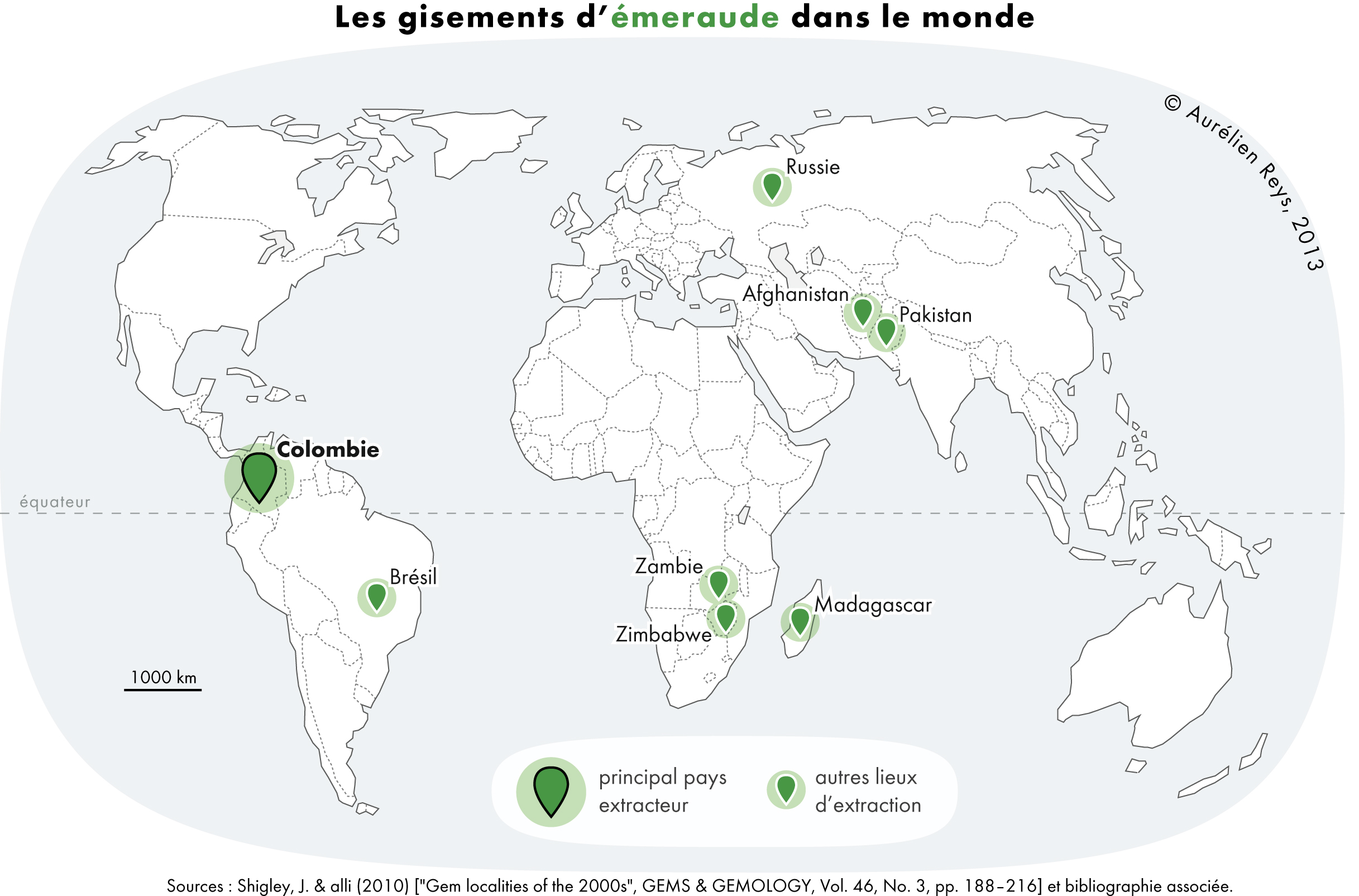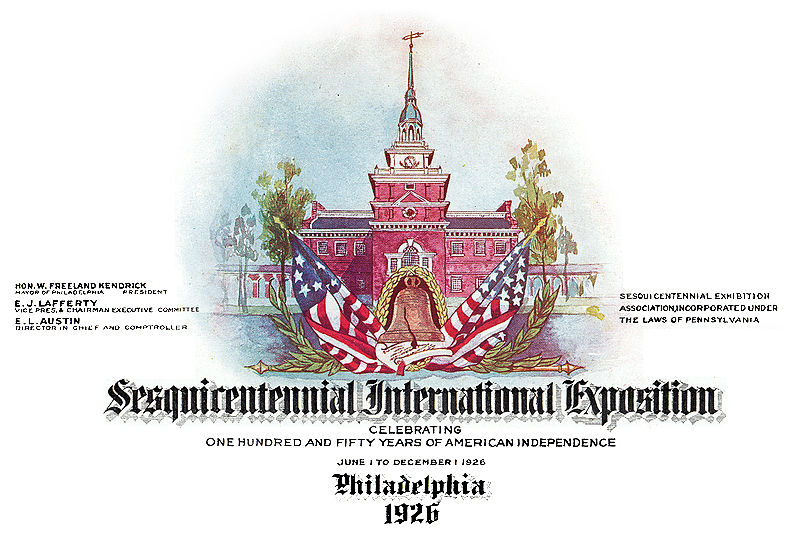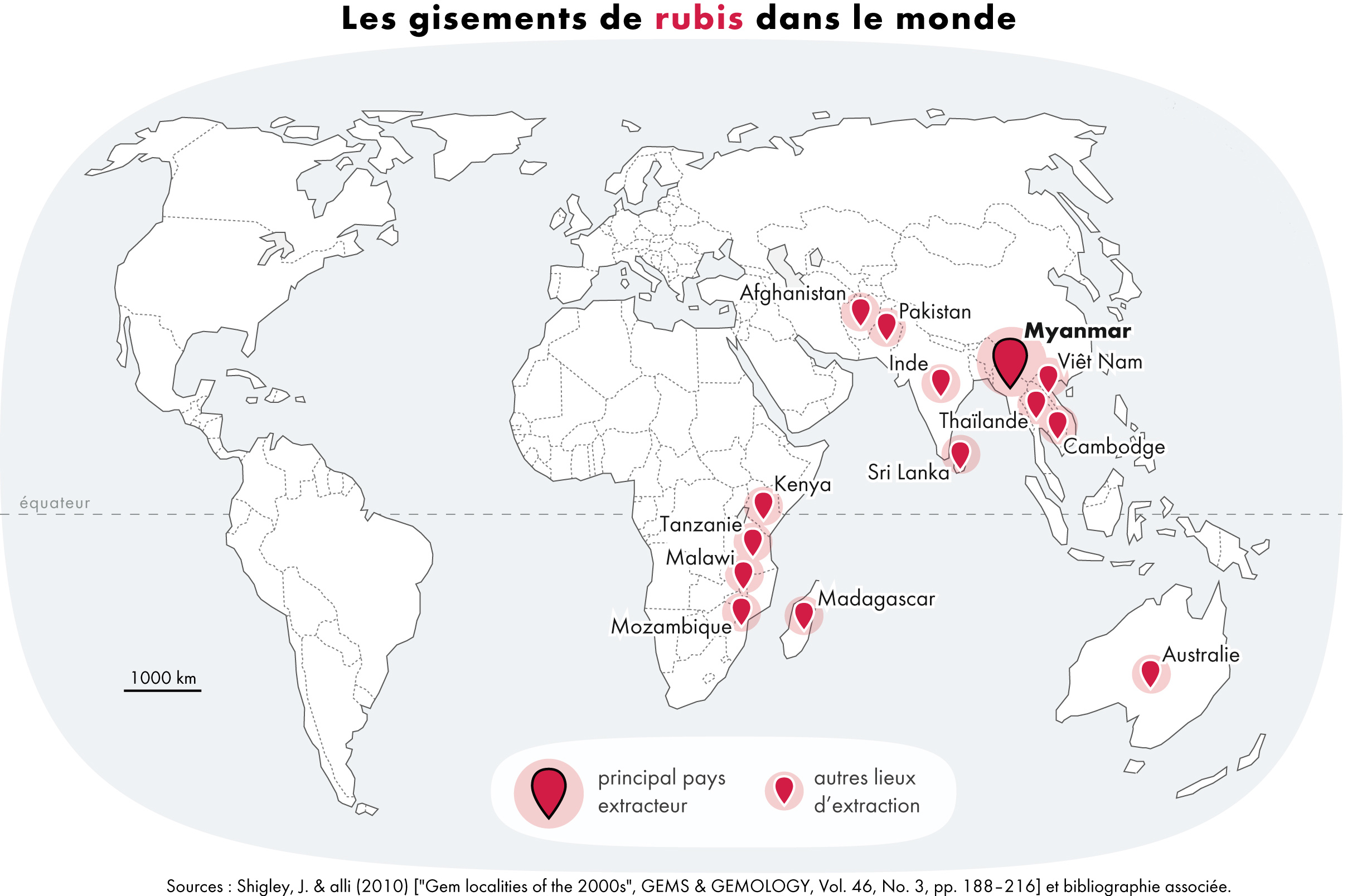|
Mikimoto Pearl Island
is a small island in Ise Bay, offshore Toba, Mie Prefecture, Japan. The island is known as the birthplace of cultured pearl aquaculture. The island is owned by , which operates the island as a tourist attraction, exhibiting pearls and pearl craft goods, and holding shows featuring ama divers. History In 1893, Mikimoto Kōkichi, a local entrepreneur, succeeded in producing cultured pearls on an island in Ise Bay called . In 1919, the island was sold by the town of Toba to Teikoku Kisen Shipping Company but was purchased back by Toba in 1927. It was resold to Mikimoto Kōkichi in 1929, with the funds used to establish an elementary school. Mikimoto developed the island as a center for pearl production. In 1951, Mikimoto renamed it Mikimoto Pearl Island and set up a company to develop it for tourism. A commemorative museum of the life of Mikimoto was established in 1958 and a Pearl Museum in 1962. A bridge connecting the island to the mainland was completed in 1970. The Pearl ... [...More Info...] [...Related Items...] OR: [Wikipedia] [Google] [Baidu] |
Mikimoto Pearl Island Aerial
Mikimoto (written: 幹本, 美樹本 or 御木本) is a Japanese surname. Notable people with the surname include: *, Japanese businessman and creator of the first cultured pearl *, Japanese manga artist, character designer and illustrator *, Japanese actor *, Japanese voice actor {{surname, Mikimoto Japanese-language surnames ... [...More Info...] [...Related Items...] OR: [Wikipedia] [Google] [Baidu] |
Emerald
Emerald is a gemstone and a variety of the mineral beryl (Be3Al2(SiO3)6) colored green by trace amounts of chromium or sometimes vanadium.Hurlbut, Cornelius S. Jr., and Kammerling, Robert C. (1991). ''Gemology'', John Wiley & Sons, New York, p. 203, . Beryl has a hardness of 7.5–8 on the Mohs scale. Most emeralds have many inclusions, so their toughness (resistance to breakage) is classified as generally poor. Emerald is a cyclosilicate. Etymology The word "emerald" is derived (via and ), from Vulgar Latin: ''esmaralda/esmaraldus'', a variant of Latin ''smaragdus'', which was via (smáragdos; "green gem"). The Greek word may have a Semitic, Sanskrit or Persian origin. According to ''Webster's Dictionary'' the term emerald was first used in the 14th century. Properties determining value Emeralds, like all colored gemstones, are graded using four basic parameters known as "the four ''C''s": ''color'', ''clarity,'' ''cut'' and ''carat weight''. Normally, in grading ... [...More Info...] [...Related Items...] OR: [Wikipedia] [Google] [Baidu] |
Himeji Castle
() is a hilltop Japanese castle complex situated in Himeji, a city in the Hyōgo Prefecture of Japan. The castle is regarded as the finest surviving example of prototypical Japanese castle architecture, comprising a network of 83 rooms with advanced defensive systems from the Feudal Japan, feudal period. The castle is frequently known as ''Hakuro-jō'' or ''Shirasagi-jō'' ("White Egret Castle" or "heron, White Heron Castle") because of its brilliant white exterior and supposed resemblance to a bird taking flight. As with almost all Japanese castles from the Azuchi-Momoyama period onward, the , the most prominent structure, was used as a storehouse in times of peace and as a fortified tower in times of war, and the 's government offices and residences were located in a group of single-story buildings near the ''tenshu'' and the surrounding . Himeji Castle dates to 1333 when Akamatsu Norimura built a fort on top of Himeyama hill. The fort was dismantled and rebuilt as Himeyama Ca ... [...More Info...] [...Related Items...] OR: [Wikipedia] [Google] [Baidu] |
Philadelphia
Philadelphia ( ), colloquially referred to as Philly, is the List of municipalities in Pennsylvania, most populous city in the U.S. state of Pennsylvania and the List of United States cities by population, sixth-most populous city in the United States, with a population of 1,603,797 in the 2020 United States census, 2020 census. The city is the urban core of the Philadelphia metropolitan area (sometimes called the Delaware Valley), the nation's Metropolitan statistical area, seventh-largest metropolitan area and ninth-largest combined statistical area with 6.245 million residents and 7.379 million residents, respectively. Philadelphia was founded in 1682 by William Penn, an English Americans, English Quakers, Quaker and advocate of Freedom of religion, religious freedom, and served as the capital of the Colonial history of the United States, colonial era Province of Pennsylvania. It then played a historic and vital role during the American Revolution and American Revolutionary ... [...More Info...] [...Related Items...] OR: [Wikipedia] [Google] [Baidu] |
Sesquicentennial Exposition
The Sesqui-Centennial International Exposition of 1926 was a world's fair in Philadelphia, Pennsylvania. Its purpose was to celebrate the 150th anniversary of the signing of the United States Declaration of Independence, and the 50th anniversary of the 1876 Centennial Exposition. History Planning In 1916, the idea for a Sesquicentennial Exposition stemmed from the mind of John Wanamaker, who was the only living member of the Centennial Exposition's Finance Committee. At the time Philadelphia was a booming city, in terms of size and opportunity; however, it suffered from corruption on political and financial fronts. Wanamaker was well aware of the city's corruption, and believed a fair could redeem Philadelphia's reputation. He believed by hosting another world's fair, the restoration of the city's integrity, patriotism, and industry would emerge. By the end of August 1916, Wanamaker received the support of Howard French, the president of the Philadelphia Chamber of Commer ... [...More Info...] [...Related Items...] OR: [Wikipedia] [Google] [Baidu] |
Pagoda
A pagoda is a tiered tower with multiple eaves common to Thailand, Cambodia, Nepal, India, China, Japan, Korea, Myanmar, Vietnam, and other parts of Asia. Most pagodas were built to have a religious function, most often Buddhist, but sometimes Taoist or Hindu, and were often located in or near viharas. The pagoda traces its origins to the stupa, while its design was developed in ancient India. Chinese pagodas () are a traditional part of Chinese architecture. In addition to religious use, since ancient times Chinese pagodas have been praised for the spectacular views they offer, and many classical poems attest to the joy of scaling pagodas. The oldest and tallest pagodas were built of wood, but most that survived were built of brick or stone. Some pagodas are solid with no interior. Hollow pagodas have no higher floors or rooms, but the interior often contains an altar or a smaller pagoda, as well as a series of staircases for the visitor to climb to see the view from a ... [...More Info...] [...Related Items...] OR: [Wikipedia] [Google] [Baidu] |
Liberty Bell
The Liberty Bell, previously called the State House Bell or Old State House Bell, is an iconic symbol of American Revolution, American independence located in Philadelphia. Originally placed in the steeple of Pennsylvania State House, now known as Independence Hall, the Liberty Bell today is located across the street from Independence Hall in the Liberty Bell Center in Independence National Historical Park. The bell was commissioned in 1752 by the Pennsylvania Provincial Assembly from the London-based firm Lester and Pack, later renamed the Whitechapel Bell Foundry, and bellfounding, was cast with the lettering "Proclaim LIBERTY Throughout all the Land unto all the Inhabitants Thereof", a Bible, Biblical reference from the Book of Leviticus (). The bell first cracked when rung after its arrival in Philadelphia, and was twice recast by local workmen John Pass and John Stow, whose surnames appear on the bell. In its early years, the bell was used to summon lawmakers to legislati ... [...More Info...] [...Related Items...] OR: [Wikipedia] [Google] [Baidu] |
1939 New York World's Fair
The 1939 New York World's Fair (also known as the 1939–1940 New York World's Fair) was an world's fair, international exposition at Flushing Meadows–Corona Park in Queens, New York City, New York, United States. The fair included exhibitions, activities, performances, films, art, and food presented by 62 nations, 35 U.S. states and territories, and 1,400 organizations and companies. Slightly more than 45 million people attended over two seasons. It was based on "the world of tomorrow", with an opening slogan of "Dawn of a New Day". The fairground consisted of seven color-coded zones, as well as two standalone focal exhibits. The fairground had about 1939 New York World's Fair pavilions and attractions, 375 buildings. Plans for the 1939 World's Fair were first announced in September 1935, and the New York World's Fair Corporation (WFC) began constructing the fairground in June 1936. The fair opened on April 30, 1939, coinciding with the 150th anniversary of the first i ... [...More Info...] [...Related Items...] OR: [Wikipedia] [Google] [Baidu] |
Ruby
Ruby is a pinkish-red-to-blood-red-colored gemstone, a variety of the mineral corundum ( aluminium oxide). Ruby is one of the most popular traditional jewelry gems and is very durable. Other varieties of gem-quality corundum are called sapphires; given that the rest of the corundum species are called as such, rubies are sometimes referred to as "red sapphires". Ruby is one of the traditional cardinal gems, alongside amethyst, sapphire, emerald, and diamond. The word ''ruby'' comes from ''ruber'', Latin for red. The color of a ruby is due to the presence of chromium. Some gemstones that are popularly or historically called rubies, such as the Black Prince's Ruby in the British Imperial State Crown, are actually spinels. These were once known as "Balas rubies". The quality of a ruby is determined by its color, cut, and clarity, which, along with carat weight, affect its value. The brightest and most valuable shade of red, called blood-red or pigeon blood, commands a lar ... [...More Info...] [...Related Items...] OR: [Wikipedia] [Google] [Baidu] |
Globe
A globe is a spherical Earth, spherical Model#Physical model, model of Earth, of some other astronomical object, celestial body, or of the celestial sphere. Globes serve purposes similar to maps, but, unlike maps, they do not distort the surface that they portray except to scale it down. A model globe of Earth is called a terrestrial globe. A model globe of the celestial sphere is called a ''celestial globe''. A globe shows details of its subject. A terrestrial globe shows landmasses and body of water, water bodies. It might show nations and major cities and the network of geographic coordinate system, latitude and longitude lines. Some have raised relief to show mountains and other large landforms. A celestial globe shows notable stars, and may also show positions of other prominent astronomical objects. Typically, it will also divide the celestial sphere into constellations. The word ''globe'' comes from the Latin word ''globus'', meaning "sphere". Globes have a long history. ... [...More Info...] [...Related Items...] OR: [Wikipedia] [Google] [Baidu] |
Ring (jewellery)
A ring is a round band, usually made of metal, worn as ornamental Jewellery, jewelry. The term "ring" by itself denotes jewellery worn on the finger; when worn as an ornament elsewhere, the body part is specified within the term, e.g., earrings, neck rings, arm rings, and toe rings. Rings fit snugly around or in the part of the body they Ornament (art), ornament, so bands worn loosely, like a bracelet, are not rings. Rings may be made of almost any hard material: wood, bone, rock (geology), stone, metal, glass, jade, gemstone or plastic. They may be set with gemstones (diamond, ruby, sapphire or emerald) or with other types of stone or glass. Although some people wear rings as mere ornaments or as conspicuous displays of wealth, rings have symbolic functions respecting marriage, exceptional achievement, high status or authority, membership in an organization, and the like. Rings can be made to sport insignia which may be impressed on a wax seal or outfitted with a small compartmen ... [...More Info...] [...Related Items...] OR: [Wikipedia] [Google] [Baidu] |
Brooch
A brooch (, ) is a decorative jewellery item designed to be attached to garments, often to fasten them together. It is usually made of metal, often silver or gold or some other material. Brooches are frequently decorated with enamel or with gemstones and may be solely for ornament or serve a practical function as a clothes fastener. The earliest known brooches are from the Bronze Age. As fashions in brooches changed rather quickly, they are important chronological indicators. In archaeology, ancient European brooches are usually referred to by the Latin term fibula. One example is the Tara Brooch. Ancient brooches Brooches from antiquity and before the Middle Ages are often called fibulae (singular: ''fibula''), especially in continental European contexts. British archaeologists tend to distinguish between bowed fibulae and flatter brooches, even in antiquity. They were necessary as clothes fasteners, but also often highly decorative, and important markers of social status f ... [...More Info...] [...Related Items...] OR: [Wikipedia] [Google] [Baidu] |










